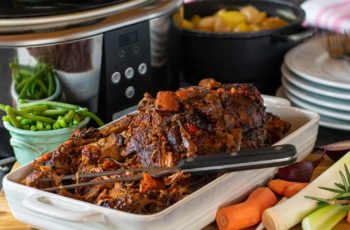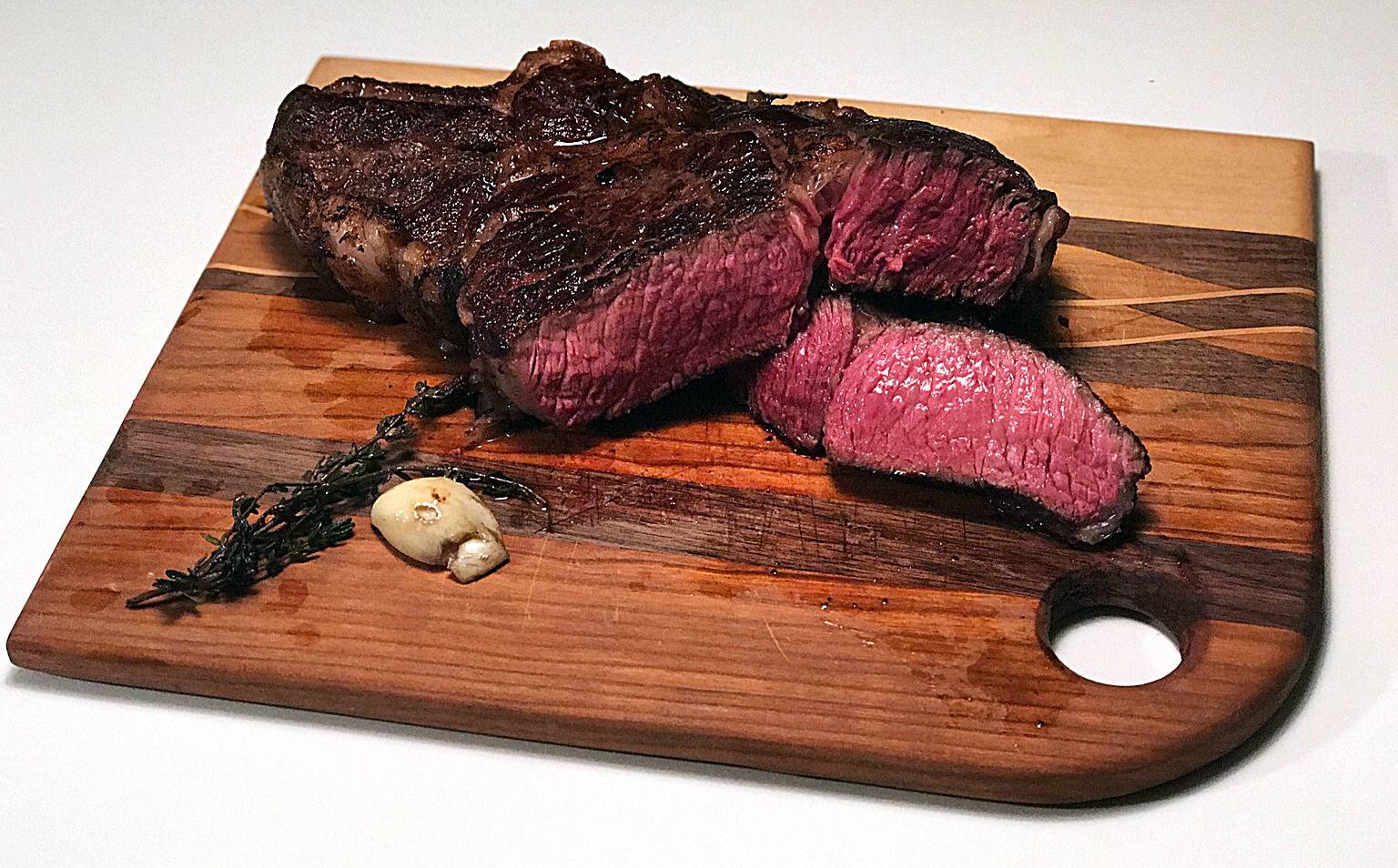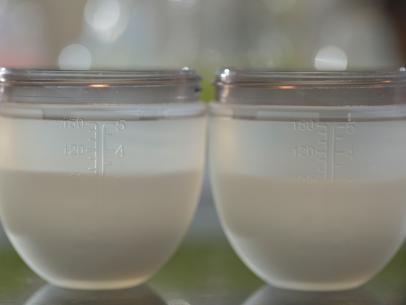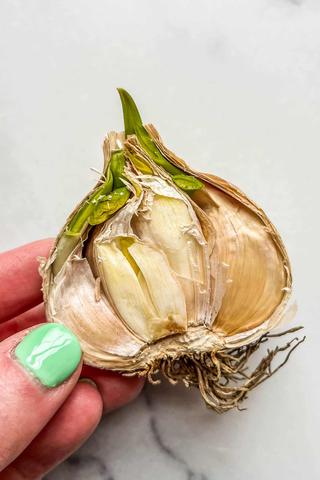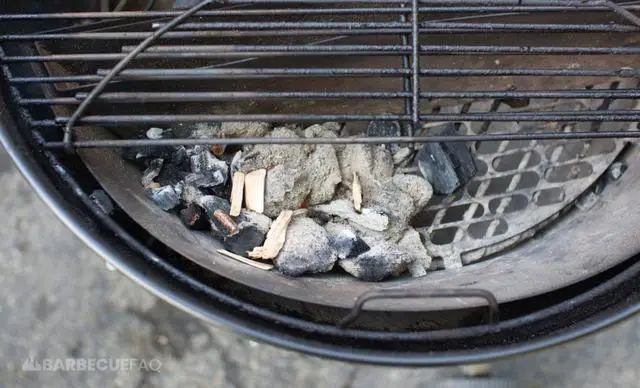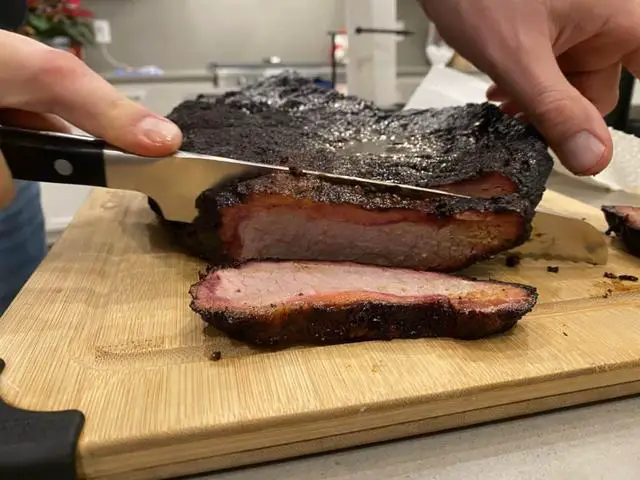
“Discover the ultimate way to reheat brisket effortlessly with an air fryer! Explore expert tips, tricks, and a step-by-step guide to achieve mouthwatering results in no time. Elevate your leftovers to perfection and enjoy tender, juicy brisket just like it was freshly cooked.”
Storing Cooked Brisket
Cooked brisket can be stored in the refrigerator or freezer, depending on how soon you plan to use it. If you think you’ll consume the brisket within a few days, it’s best to store it in the refrigerator. However, if you anticipate a longer period of time before eating the leftovers, freezing is a better option.
If you choose to refrigerate your cooked brisket, make sure to store it with some of the cooking liquid or gravy. This helps retain moisture and flavor. Brisket stored with gravy can last up to two days in the refrigerator, while dry briskets can be kept for three to four days.
To freeze cooked brisket, proper packaging is essential. Wrap the brisket tightly in plastic wrap or aluminum foil to prevent freezer burn and maintain quality. It’s recommended to slice the brisket before freezing if you have a large amount of leftovers. This allows for easier portioning when thawing and reheating later on.
Key Steps for Freezing Cooked Brisket

1. Properly store the cooked brisket: If you have leftover brisket that you plan to freeze, make sure it is stored properly. If the brisket was cooked in a liquid or with gravy, store it with some of the juice to help maintain its moisture and flavor. Brisket with gravy can be refrigerated for up to two days or frozen for up to three months. Dry briskets can be refrigerated for three to four days or frozen for up to two months.
2. Slice the brisket before freezing (optional): If you have a lot of leftover cooked brisket, you may choose to slice it before freezing. This allows you to thaw and reheat only what you need at a time.
3. Properly package the brisket: To prevent freezer burn and maintain quality, it’s important to properly package your brisket for freezing. Wrap the brisket tightly in plastic wrap or aluminum foil, making sure there are no air pockets. Then place it in a freezer bag or container, removing as much air as possible before sealing.
Food Safety Tips for the Storing Process
When storing cooked brisket, it is important to follow proper food safety guidelines to ensure its quality and prevent food-borne illnesses. Here are some tips:
1. Store with liquid: If your brisket was cooked in a liquid or with gravy, it is best to store it with some of the juice. This helps to keep the meat moist and flavorful.
2. Refrigerator storage: If you plan on using your cooked brisket within a few days, store it in the refrigerator. Brisket with gravy can last up to two days in the fridge.
3. Freezer storage: If you won’t be using your brisket for a few weeks, freeze it instead. Properly wrap and package the brisket before freezing to maintain its quality and prevent freezer burn.
4. Slice before freezing: If you have a lot of leftover brisket, consider slicing it before freezing. This allows you to thaw and reheat only what you need, reducing waste.
5. Thawing safely: When thawing your frozen brisket, do so in the refrigerator or by immersing it in cold water in a leakproof plastic bag. Avoid using the microwave’s “thaw” feature as it may lead to uneven thawing and potential bacterial growth.
6. Reheating temperature: It is important to reheat your brisket until it reaches an internal temperature of at least 140°F to ensure that any harmful bacteria are destroyed.
Can you thaw and reheat brisket in the microwave?
It is not recommended to thaw and reheat brisket in the microwave. The microwave does not thaw meat evenly, which can result in some areas being slightly cooked while others remain frozen. This can lead to dry, rubbery meat and an increased risk of bacteria and food-borne illnesses. It is best to use alternative methods such as the oven or air fryer for reheating brisket.
Temperatures to Remember
When storing brisket in the refrigerator, it should be kept at or below 40°F to prevent the growth of bacteria. Brisket with gravy can be stored for up to two days, while dry brisket can last three to four days.
To freeze brisket, make sure your freezer is set at 0°F or below. Properly wrapping and packaging the brisket will help maintain its quality and prevent freezer burn. Brisket with gravy can be frozen for up to three months, while dry brisket can be frozen for up to two months.
When thawing brisket, it is safest to do so in the refrigerator. Plan ahead as smaller briskets may take six to eight hours to thaw, while larger ones may take a day or two. If you need to thaw it quickly, you can use cold water as long as the bag is leakproof and the water temperature is between 30-35°F.
Reheating Brisket in the Oven
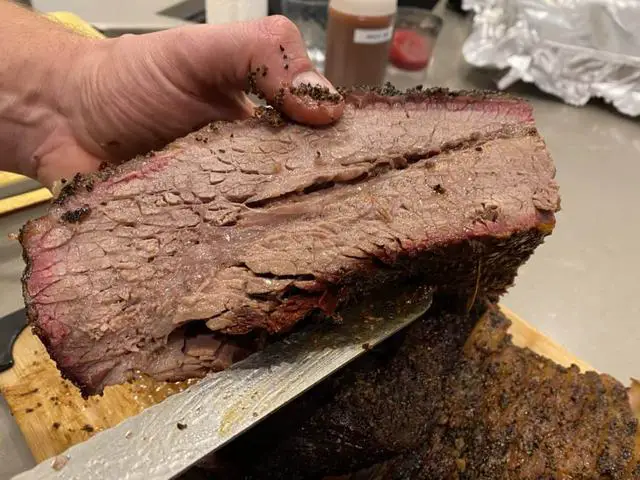
To reheat brisket in the oven, start by preheating your oven to 325°F. Allow your brisket to come back to room temperature while the oven heats up. Place the brisket on a baking sheet and drizzle any leftover cooking juices or gravy over it. If you don’t have any leftover liquids, you can use beef broth as a substitute. Cover the brisket with a double layer of foil, ensuring there are no holes, and crimp the foil around the edges of the pan. Cook in the oven until the inside reaches an internal temperature of at least 140°F. This usually takes around 20 minutes for sliced meat and 45 to 60 minutes for a whole brisket, although cooking times may vary depending on the size and cut of your brisket.
Using the Air Fryer to Reheat Sliced Brisket
If you have an air fryer and leftover sliced brisket, you can easily reheat it using this method. Set the temperature of the air fryer to 350°F and place the sliced brisket in the basket. Cook for a couple of minutes, or until the beef reaches an internal temperature of 140°F. The advantage of using an air fryer is that it’s quick, but keep in mind that it may result in slightly less tenderness compared to reheating in the oven or smoker.
Using the air fryer is a convenient option for reheating brisket because it allows for even heating and helps retain some of the original flavors. However, be cautious not to overcook the meat as it can dry out and lose its juicy texture. It’s recommended to monitor the internal temperature with a food thermometer to ensure that it reaches at least 140°F before consuming. Enjoy your perfectly reheated brisket slices!
How to Reheat Brisket in the Slow Cooker
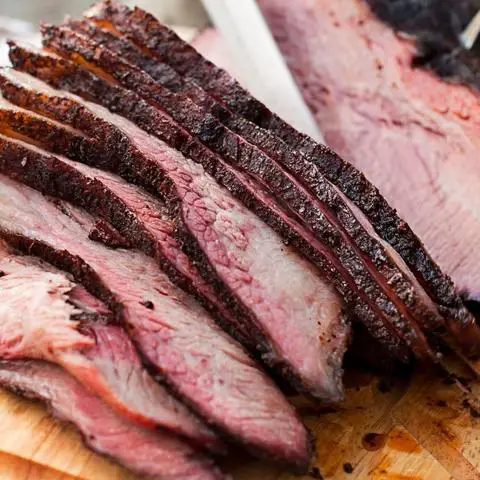
If you have leftover brisket and want to reheat it using a slow cooker, here’s what you need to do. Allow the brisket to come to room temperature by letting it rest on the countertop in the slow cooker pot for about 20 minutes. Pour any beef stock, reserved drippings, and/or juices into the pot with the meat. Put the lid on the slow cooker and cook on low for 3-4 hours. This slow cooking process will help retain the tenderness and flavors of the brisket.
Reheating into Something New
When it comes to reheating leftover brisket, there are several delicious options to transform it into a new and exciting meal. One popular choice is to make brisket sandwiches. Simply slice the reheated brisket and place it between two slices of bread or a bun. You can add your favorite condiments and toppings, such as barbecue sauce, pickles, or coleslaw, to create a flavorful and satisfying sandwich.
Another creative way to use reheated brisket is by incorporating it into tacos or quesadillas. Heat up the brisket and then shred it using a fork. Fill tortillas or wrap with the shredded meat, along with some cheese, salsa, and any other desired toppings. Grill or heat in a pan until the cheese is melted and the tortilla is crispy for a mouthwatering Mexican-inspired meal.
If you’re looking for a heartier dish, consider making brisket chili or stew. Chop up the reheated brisket into smaller pieces and add it to your favorite chili or stew recipe. The tender meat will add depth of flavor and richness to the dish, making it even more satisfying.
Final Thoughts
Cooking and reheating brisket requires patience and careful preparation, but the end result is well worth the effort. Whether you choose to store your leftovers in the refrigerator or freezer, make sure to properly wrap and package the brisket to maintain its quality and prevent freezer burn. Thawing the brisket in the refrigerator is the safest method, but if you’re short on time, you can use cold water immersion. When reheating, it’s important to reach an internal temperature of at least 140°F to ensure it’s safe to eat. The oven, air fryer, and slow cooker are all viable options for reheating brisket.
Leftover brisket can be used in a variety of recipes, from sandwiches to tacos, enchiladas, and more. Don’t let any of that delicious meat go to waste! Brisket is not only flavorful but also a healthy choice, as it’s packed with protein and essential nutrients. So take your time when cooking and reheating brisket, and enjoy every tender and juicy bite.
In conclusion, using an air fryer to reheat brisket is a quick and efficient method that helps retain its delicious flavors and textures. With proper temperature and timing control, you can enjoy tender and moist brisket as if it were freshly cooked.
Learn More About Grilling
If you want to learn more about grilling, check out these other helpful resources!

